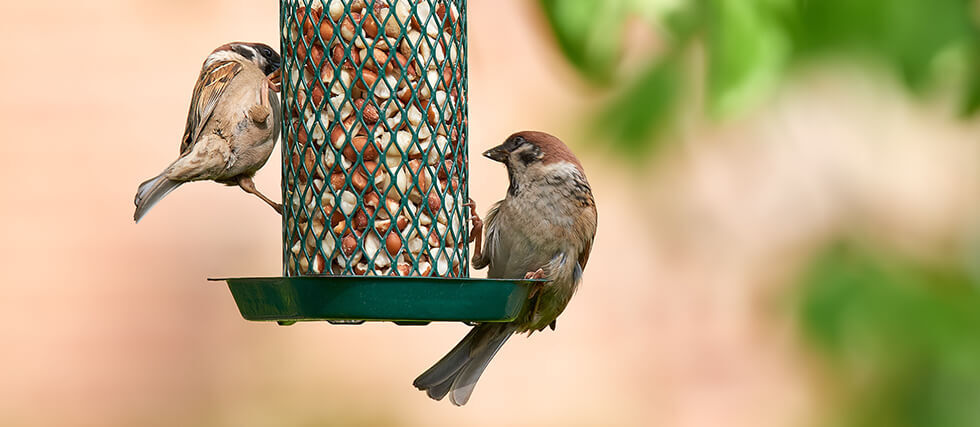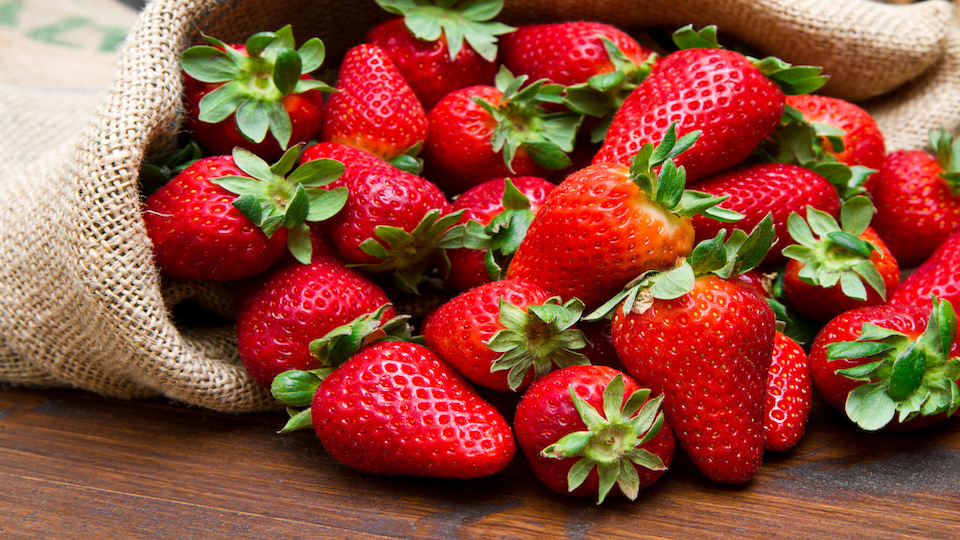Want to Protect Your Vision? Eat This Way for Better Eye Health
Did you know that your diet can impact your eyesight? Research suggests that following a Mediterranean diet may significantly lower the risk of age-related macular degeneration (AMD)—one of the leading causes of vision loss in older adults. A recent study published in Nutrients found that those who stick to this diet could reduce their AMD risk by up to 23% and slow disease progression by 34%.
AMD affects the central part of the vision, making daily activities like reading and driving difficult. While wearing sunglasses, limiting screen time, and staying active all help, nutrition plays a huge role in protecting your eyes.
The Mediterranean diet is rich in leafy greens, colorful fruits, whole grains, legumes, nuts, seeds, olive oil, and fatty fish—all of which are packed with eye-friendly nutrients like lutein, zeaxanthin, omega-3s, and vitamins A, C, and E. These nutrients help fight inflammation, reduce oxidative stress, and protect retinal cells from damage.
If you want to start incorporating these foods, begin with simple swaps. Trade processed snacks for nuts and seeds, replace butter with olive oil, or add more fish to your meals. Small changes can lead to big health benefits over time.
Beyond vision health, the Mediterranean diet is widely recognized for improving heart health, brain function, and overall longevity. Making it part of your lifestyle could be a delicious and easy way to protect your health—from head to toe!




